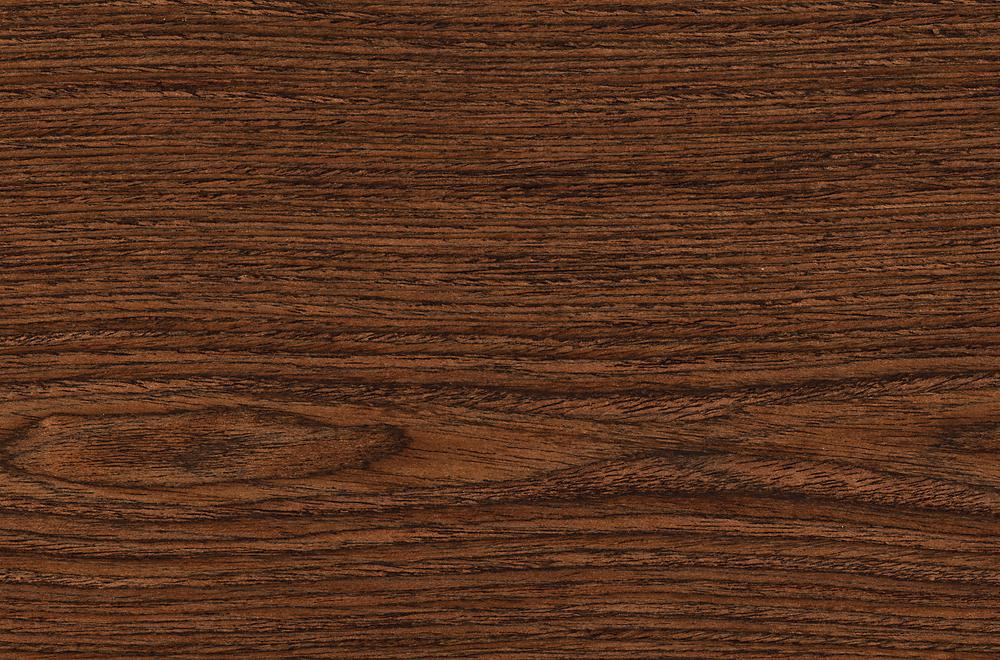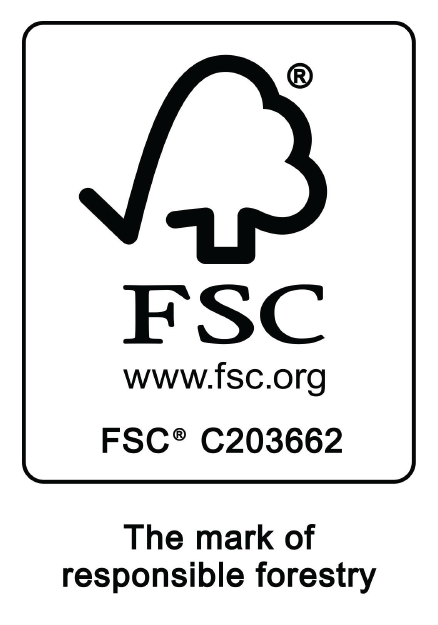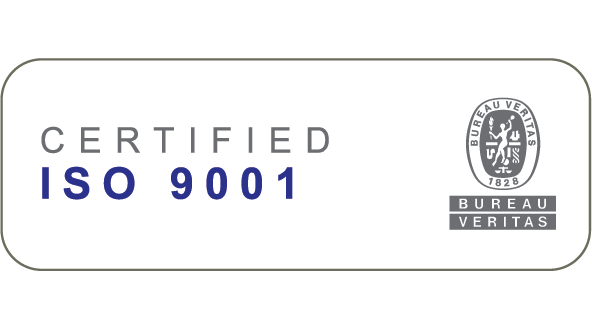Wengé
WOOD TYPE
Common names: WENGE, dikela, mibotu, bokonge, awong, nson-so, palissandre du congo.
Botanical classification: Millettia laurentii, Fam. Leguminosae.
GENERAL
Main products: Sawn wood, veneer.
Natural attributes - structure - origins: Very heavy wood (880 kg/m³) with heartwood in dark brown color, very dense, with fine black veins. Among the black veins there are thin whitish bands of parenchyma, creating a beautiful design. Almost straight grained wood with a rough texture. It grows mainly in Zaire, but also in Cameroon and Gabon.
Natural durability in time: Durable wood. Also withstands termites.
Mechanical attributes: High density wood, with high flexural strength and percussion, with an average crushing strength and low modulus of elasticity.
Density: R (12-15%) = 0.88 g/cm³
WOOD PROPERTIES AND PROCESSING OPERATIONS
Drying behavior and stability after drying: Dries slowly and requires attention to minimize surface checking, while there is little variability in size after drying.
Impregnation behavior: Wood extremely resistant to hydrostatic impregnation.
Bending behavior: Poor. Does not steam bend easily.
Treatment with machines - clogging degree tool: Pretty good working with machines, with moderate tool blunting. The presence of resinous influx in posts within the wood creates sometimes problems in welding and finishing.
Νailing and screwing: Predrilling is required.
Gluing behavior: The presence of resin cells in the wood interferes with gluing and polishing.
Dyeing and finishing: If pores are filled, a satisfactory finish can be obtained.
APPLICATIONS
Very good wood for floors due to its natural resistance to abrasion. Indoor and outdoor joinery and general construction work. Excellent for lathes, veneer cladding and marquetry.
Note: Relevant item is and: Millettia stuhlmannii: (commonly panga panga).










